


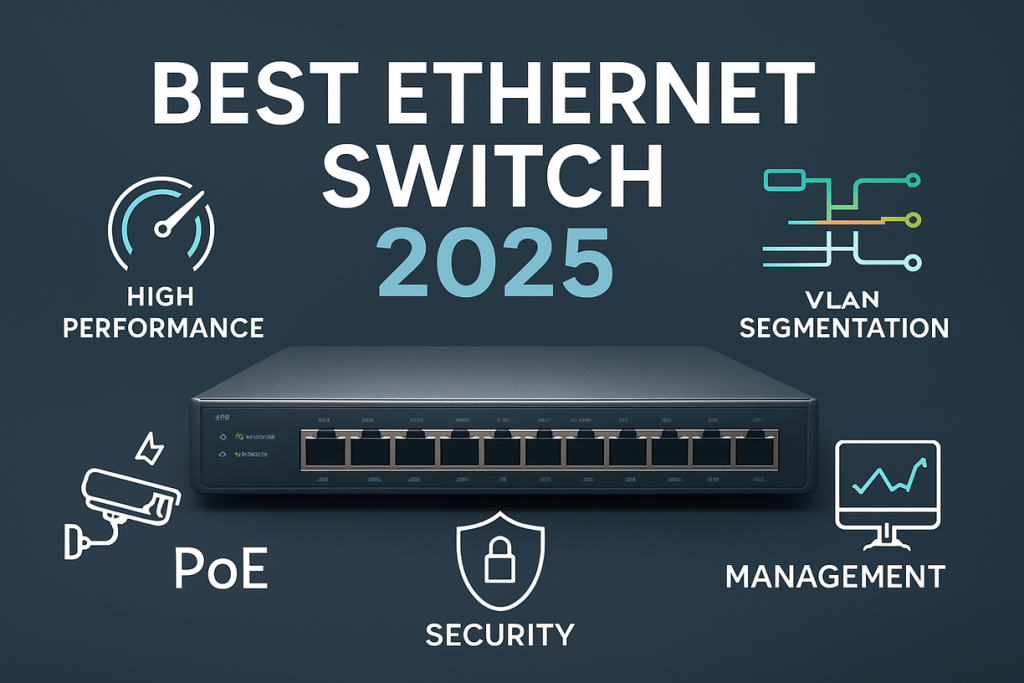
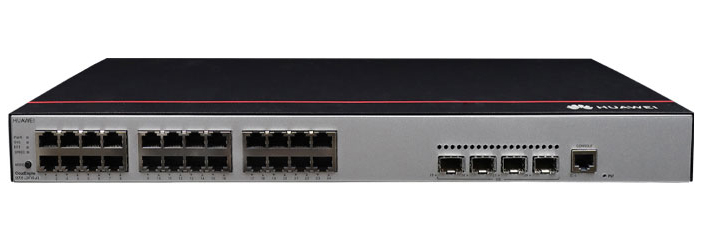
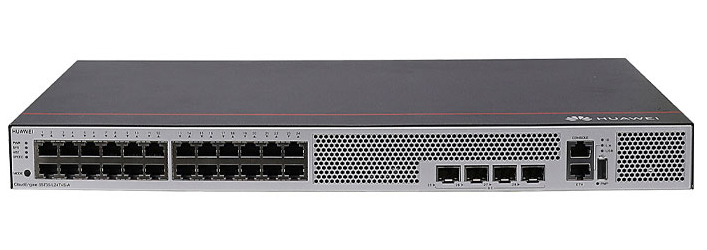
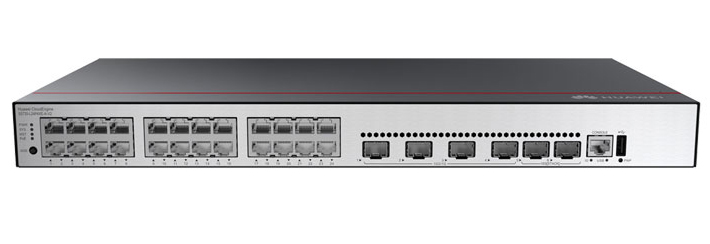


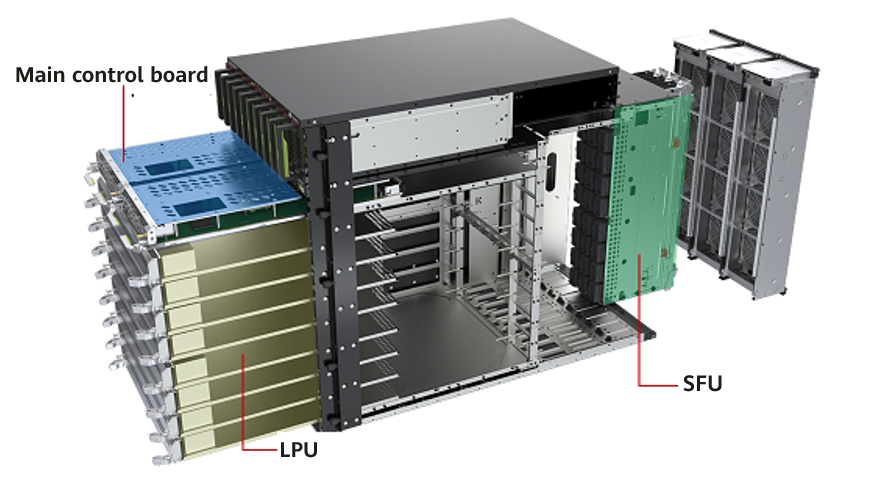

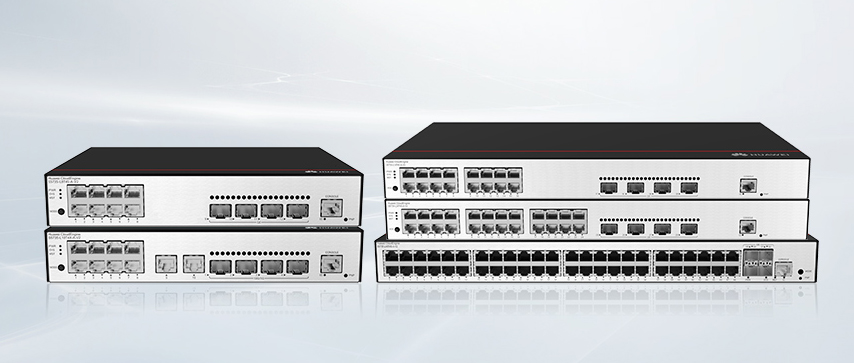
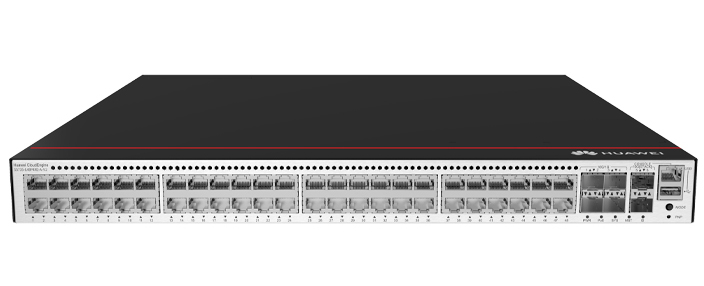


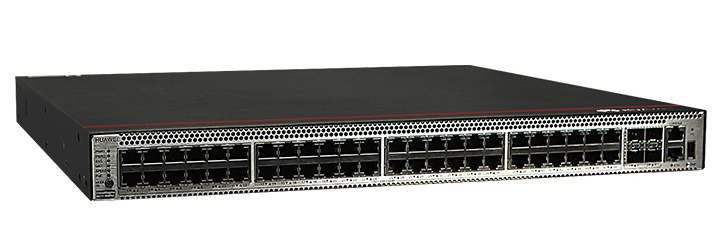
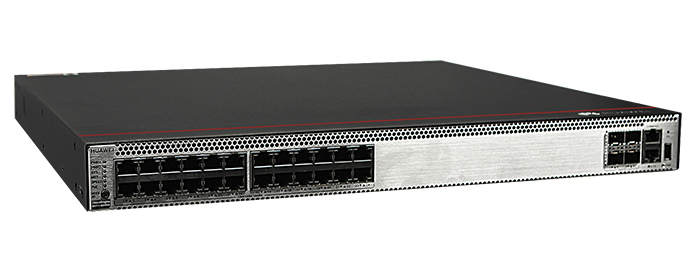
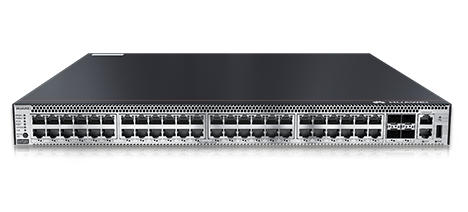
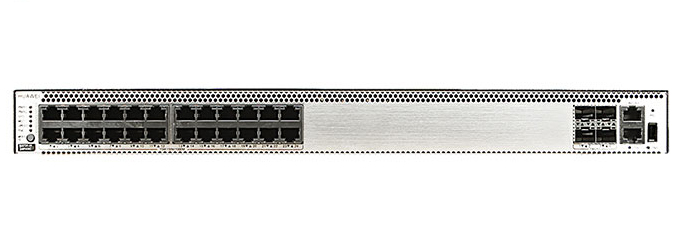
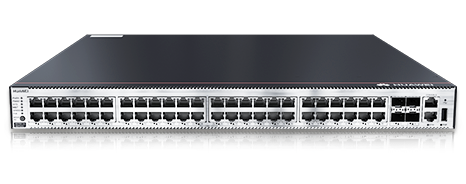

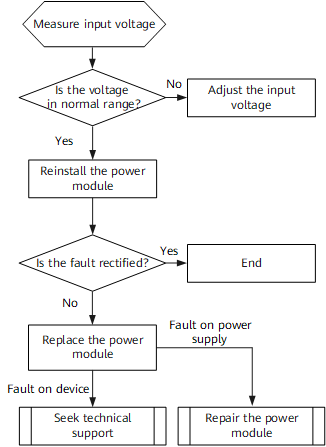
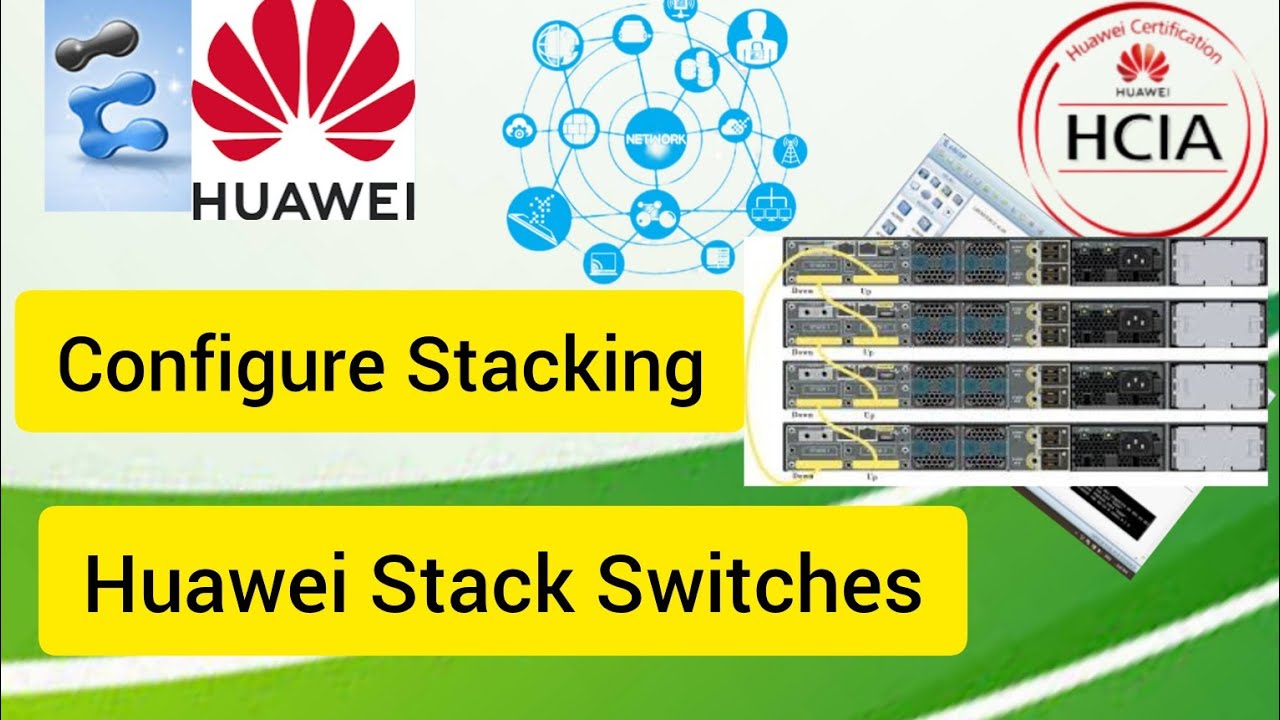
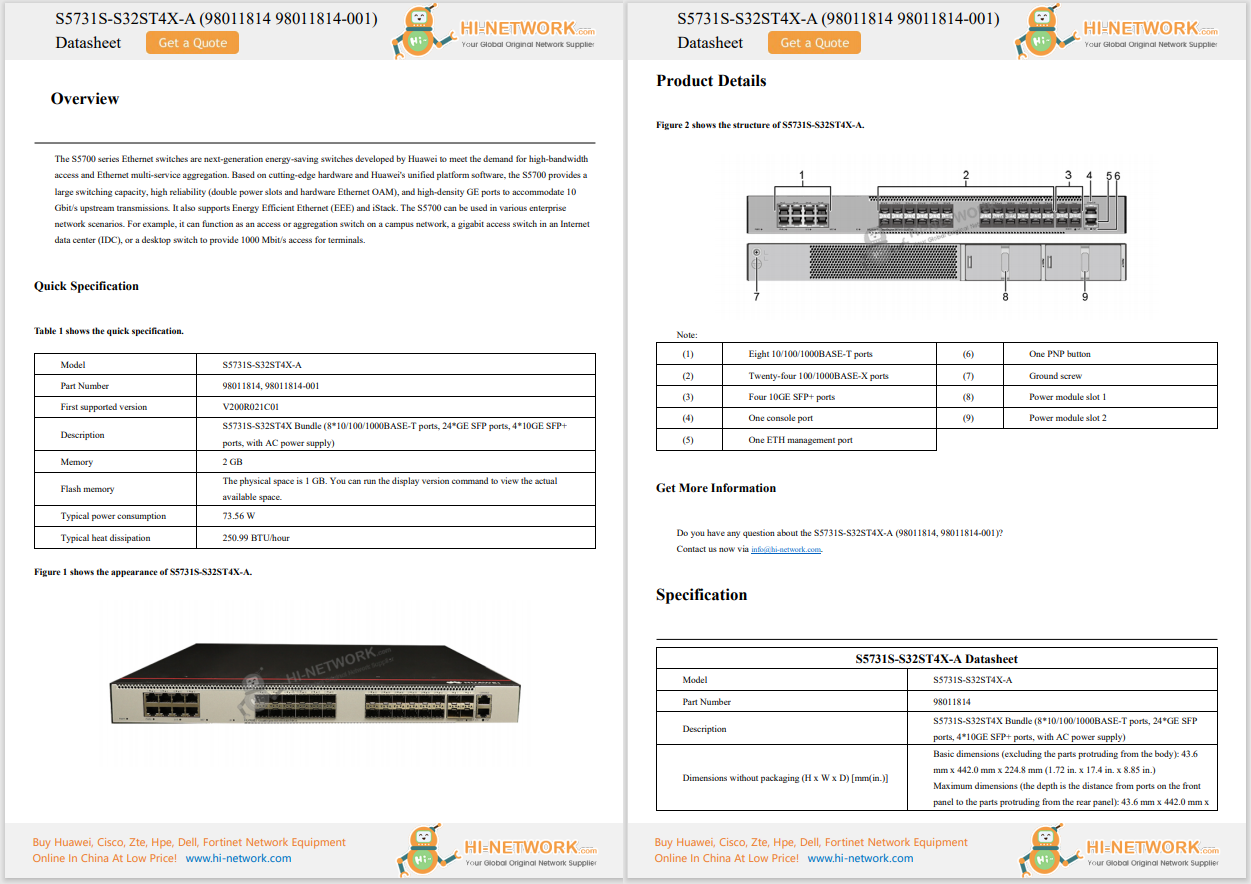
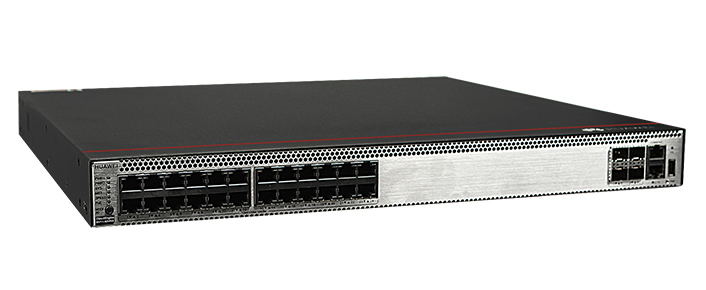

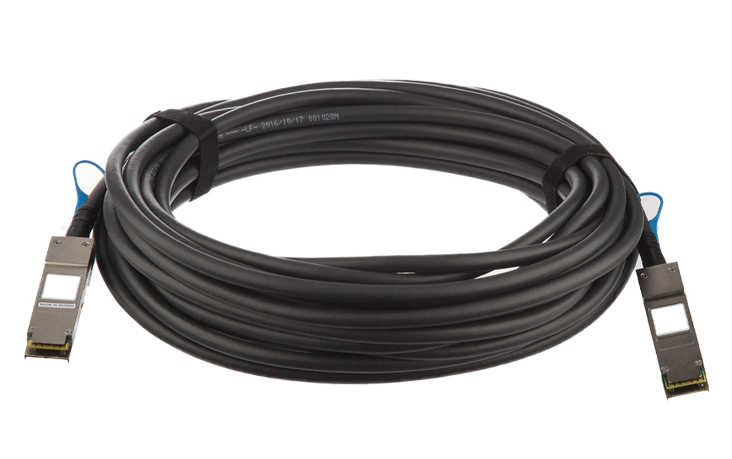
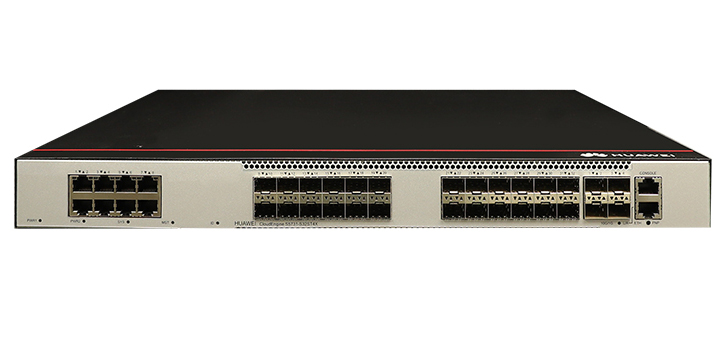
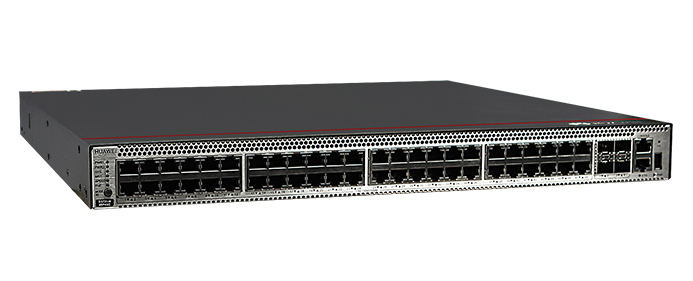
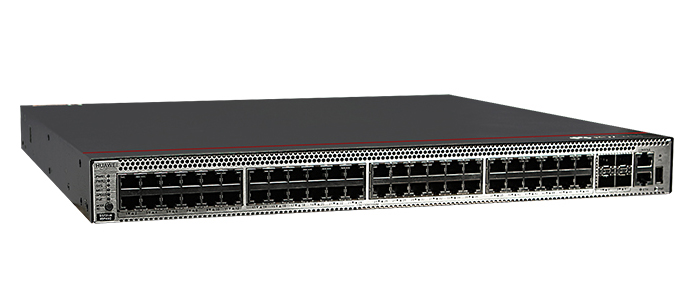


Cybersecurity frameworks are the blueprint for building a resilient digital strategy. They offer a structured approach to managing risks, support compliance, and provide a common language for security. By aligning with industry standards, organizations can strengthen their security posture, simplify compliance, and build trust with partners and customers.
This blog will guide you through the top five cybersecurity frameworks, highlighting their unique strengths and applications. We'll also share best practices for evaluating and selecting the right framework for your organization.
A strong security strategy starts with the right foundation. Understanding key frameworks is important for guiding your approach. Here are five frameworks every CISO should consider, each offering distinct benefits for building robust cybersecurity.
NIST Cybersecurity Framework (CSF) 2.0
Updated in February 2024, NIST CSF 2.0 provides a comprehensive approach to managing cybersecurity risks. It consists of six core functions: Govern, Identify, Protect, Detect, Respond, and Recover, which can be tailored to various regulatory environments worldwide . With its flexible structure, NIST CSF 2.0 allows your organization to prioritize and optimize your cybersecurity resources effectively, adapting to emerging threats and technological advancements.
ISO 27001
An internationally recognized standard for information security management systems (ISMS), ISO 27001 offers a systematic approach to managing sensitive information across people, processes, and IT systems. It's widely adopted globally, providing a unified framework for enhancing information security practices. By implementing ISO 27001, your organization can systematically identify and address vulnerabilities, thereby reducing the risk of data breaches and enhancing overall business resilience.
Zero Trust Architecture (NIST 800-207)
NIST 800-207, also known as the Zero Trust Architecture (ZTA), is a cybersecurity framework that shifts the traditional perimeter-based security approach to a more robust model. It assumes that threats could be both external and internal and emphasizes strict identity verification and access controls for every user, device, and network flow, regardless of location. This framework aims to allow your organization to minimize the risk of data breaches and unauthorized access by continuously validating trust at every stage of digital interaction.
NIS2 Directive
An EU-wide legislation aimed at enhancing cybersecurity across member states, NIS2 establishes comprehensive requirements for entities in 18 critical sectors. It became effective in October 2024, and influences cybersecurity practices within the EU and beyond its borders. NIS2 fosters a culture of proactive cybersecurity management, encouraging your organizations to continuously assess and improve security measures to safeguard critical infrastructure and services.
MITRE ATT&CK
A globally recognized framework providing a comprehensive matrix of adversary tactics and techniques based on real-world observations. MITRE ATT&CK is widely adopted by cybersecurity professionals worldwide, offering valuable insights for threat detection and response. Utilizing MITRE ATT&CK can helps your organizations develop defensive strategies by understanding and anticipating adversary behavior, thereby enhancing your capability to prevent and mitigate cyber- attacks.
SOC 2
Developed by the AICPA , SOC 2 is a compliance framework that evaluates information security practices based on five trust service principles: Security, Availability, Processing Integrity, Confidentiality, and Privacy. It helps organizations demonstrate a strong control environment through third-party audits. By adhering to SOC 2 standards, your organization can effectively showcase your dedication to maintaining stringent data protection measures and compliance, which is important for building and maintaining client confidence.
Selecting an appropriate cybersecurity framework is important for your organization's security posture. As threats continue to evolve and regulatory requirements become more complex, choosing the right framework can impact your ability to protect sensitive data, maintain compliance, and build trust with stakeholders. A well-implemented framework provides a structured approach to identifying, assessing, and mitigating cybersecurity risks, while also offering a common language for communicating security measures across your organization.
The process of selecting and implementing a framework can be challenging, given the variety of options available and the unique needs of your organization. To help you navigate this decision, consider these steps and potential challenges:
As you implement your chosen framework, be aware of resource constraints and avoid tool overload. Focus on integrating tools that complement each other, rather than accumulating multiple solutions that may create unnecessary complexity and management challenges. Additionally, prepare strategies to address potential resistance and ensure you have the capacity to manage and update your framework consistently over time.
Plan for continuous improvement:Select a framework that supports ongoing development and regular updates to keep pace with evolving threats.
Leverage cyber insurance expertise:Consider consulting with your cyber insurance provider for insights into framework selection based on industry trends and risk profiles.
Consider Your Governance Structures:Work with your organization's risk governance group to ensure the framework you choose aligns to their guidance. Engage stakeholders in your framework selection process.
By carefully considering these factors and potential challenges, you can work towards selecting and implementing a framework that may effectively enhance your organization's cybersecurity posture.
Choosing the correct security framework can help support your overall security strategy, and help stakeholders understand why you prioritize some things and not others. Share your choice of framework with board members and other leaders, as well as IT and security teams, to help them understand how to think about cybersecurity in your organization.
By leveraging these frameworks and best practices, you can enhance your cybersecurity strategy and better protect your organization from evolving threats. To further refine your approach and stay updated on the latest cybersecurity trends and governance practices, explore additional resources on our Governance webpage.


 Hot Tags :
Government
Cisco Security Portfolio Frameworks
Hot Tags :
Government
Cisco Security Portfolio Frameworks